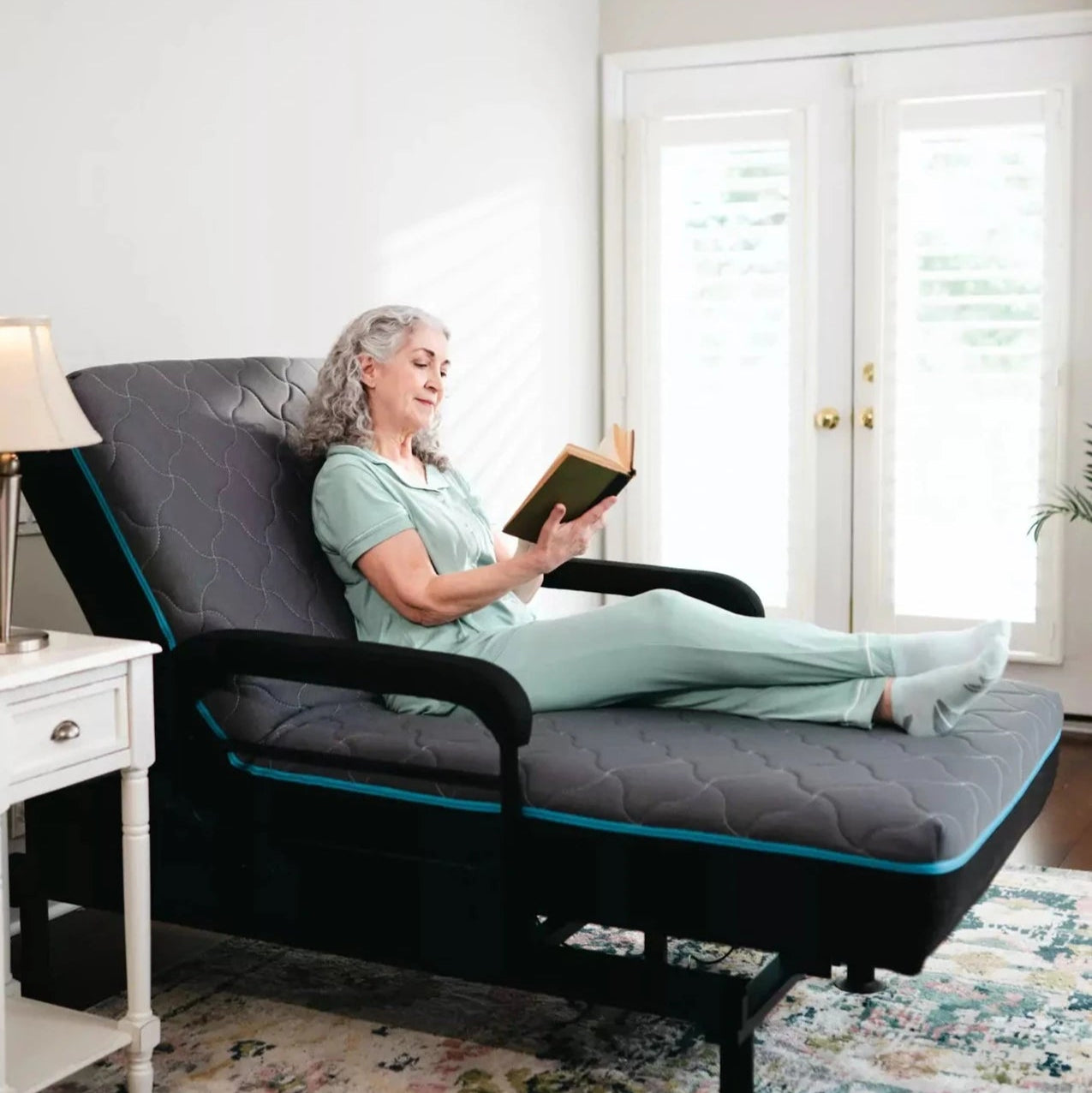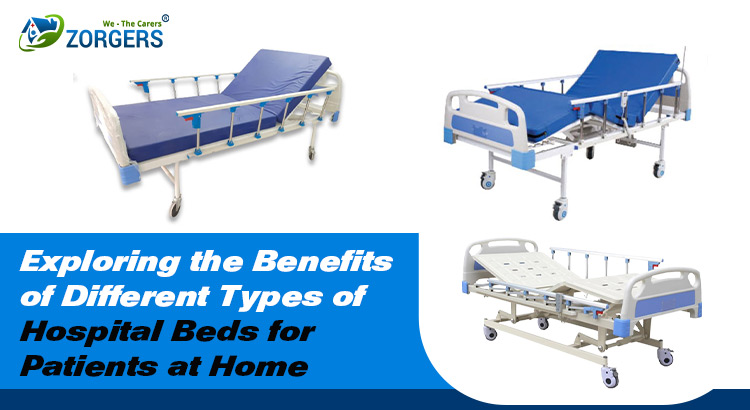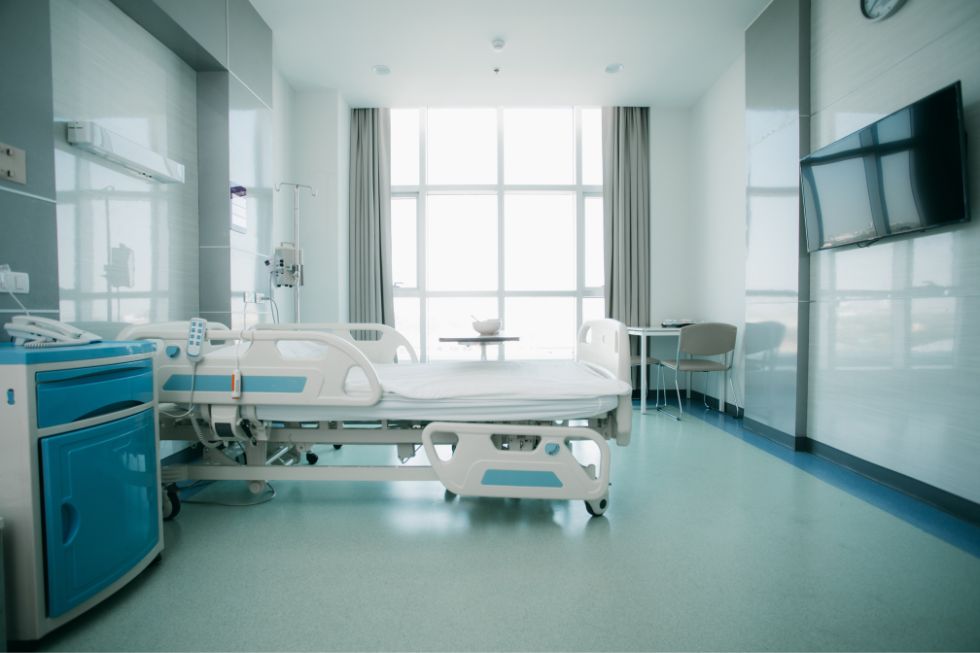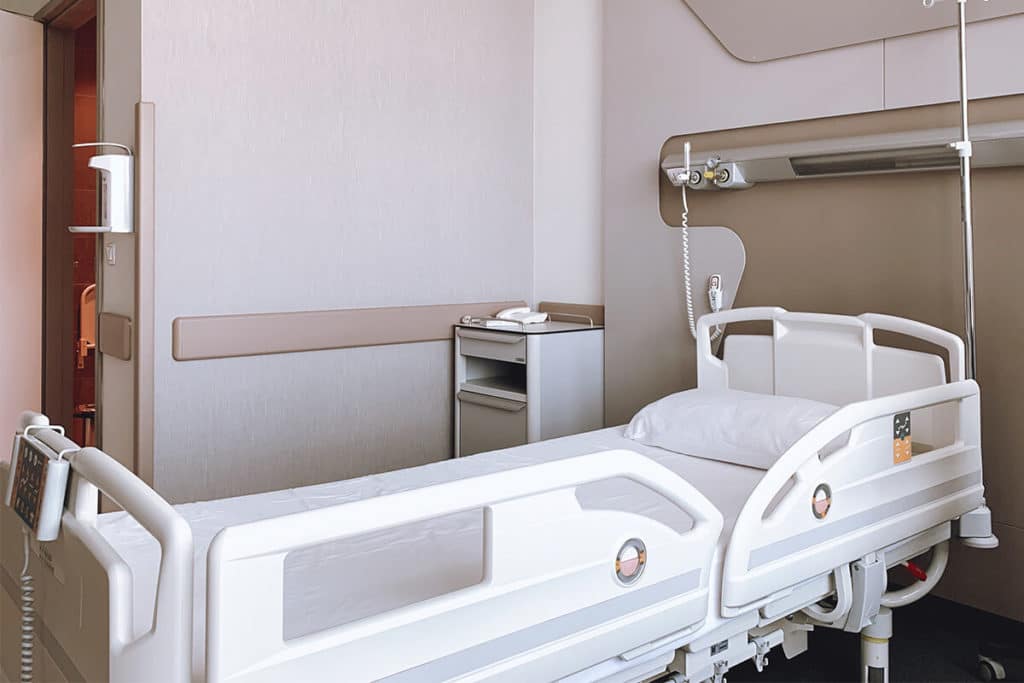Hospital Beds For Home Use Fundamentals Explained
Hospital Beds For Home Use Fundamentals Explained
Blog Article
Getting The Hospital Beds For Home Use To Work
Table of ContentsUnknown Facts About Hospital Beds For Home UseSome Known Questions About Hospital Beds For Home Use.Hospital Beds For Home Use - The FactsSee This Report on Hospital Beds For Home UseThe Hospital Beds For Home Use PDFsSome Known Facts About Hospital Beds For Home Use.The smart Trick of Hospital Beds For Home Use That Nobody is Discussing
There are three primary kinds of healthcare facility beds: handbook, semi-electric, and fully-electric. However, more types of medical beds exist and they are listed here. These beds use hand cranks to change the bed's elevation and raise and decrease the head and the foot. Hand cranks are commonly discovered at the foot of the bed and call for a person that is literally efficient in operating.
Semi-electric beds have an electric motor to elevate and reduce the head and foot sections of the bed. Individuals and caretakers change the placing by pressing buttons using a hand necklace. The height of the bed is readjusted manually with a hand crank. Full-electric beds have an electric motor that can elevate the head and foot sections of the bed in addition to the entire height and positioning of the bed.
7 Simple Techniques For Hospital Beds For Home Use
Some models can also relocate right into more settings, such as the Trendelenburg (tilt) position. There are several kinds of medical facility beds, each developed to meet certain client needs. Here are some common kinds: This is the most typical sort of medical facility bed, designed for basic medical usage. It has a handbook or electrically adjustable headrest, footrest, and height.
Lower to the ground than a basic bed. This kind of bed is developed for larger individuals, with a bigger frame and higher weight capability than a basic bed.
This kind of bed is created for seriously ill individuals that need open monitoring and specialized medical tools such as ventilators and infusion pumps. This kind of bed is designed for usage during labor and shipment, with flexible positions and features to sustain the mother and child throughout the birth process.
Hospital Beds For Home Use Fundamentals Explained
Numerous function and the accessories do expanding traction to various components of the vertebra and the extremities without relocating the body. These are just a couple of examples of the kinds of healthcare facility beds readily available. The certain kind of bed utilized will depend upon the individual's condition, medical requirements, and various other factors.
Below is the point you need to know. A one-function healthcare facility bed is a clinical bed that enables a client to relocate only the head or foot area up or down. A 2 function healthcare facility bed commonly describes a type of clinical bed that has two flexible features to help clients in health centers or treatment centers.

Not known Facts About Hospital Beds For Home Use
A 7-function ICU bed is a sort of clinical bed that provides numerous adjustable features to sustain critically ill clients in an intensive treatment unit (ICU) (hospital beds for home use). The seven functions usually include: Backrest change: The back-rest can be gotten used to various angles to aid the individual sit up or exist down comfortably
Height modification: The bed can be raised or reduced to make it easier for clients to obtain in and out of bed, and for caretakers to provide care. Trendelenburg setting: The entire bed can be slanted to advertise blood circulation and flow in the body. Reverse Trendelenburg setting: The bed can additionally be slanted in the opposite direction to advertise blood flow and blood circulation in the upper body.
1. What Dimension is a Medical Facility Bed? 2. How Much Does a Health Center Bed Cost? 3. Why Do Health Center Beds Have Side Rails? 4. What Are The Main Hospital Bed Parts?. While more economical than electrical versions, these beds require physical effort for modifications. The primary advantages of hand-operated beds are their price and integrity, as they do not count on electricity. The demand for hands-on initiative can be a restriction in circumstances where fast modifications are needed or where hospital beds for home use caretakers deal with physical challenges.
3 Simple Techniques For Hospital Beds For Home Use
They are appropriate for people that call for very little rearranging for comfort or medical requirements. Semi-electric medical facility beds use an equilibrium of guidebook and electric controls. The head and foot sections are usually changed with electrical controls, while the height is changed manually. These beds provide an ideal center ground in between handbook and totally electric alternatives, offering convenience of usage without the complete expense of electrical models.
Semi-electric beds are well-suited for clients that require modest adjustments to the head and foot sections but can handle without constant height changes. This makes them a cost-effective remedy for those seeking convenience and ease without the need for consistent repositioning. Fully electrical health center beds feature electric controls for seamless changes to the elevation, head, and foot areas.
Specialized medical facility beds, such as ICU beds, long-term treatment beds, and bariatric beds, are carefully made to deal with specific medical needs. These beds offer customized care for varied client groups, improving both end visit the site results and comfort. In the complying with areas, we will certainly check out the major kinds of specialized hospital beds, describing their details advantages and applications.
With years of experience in producing electric straight actuators - hospital beds for home use and close collaboration with the healthcare industry, TiMOTION is well-positioned to offer trustworthy healthcare services. Our up and down incorporated business manages click here for more every action of the manufacturing process, from design to actuator assembly, ensuring we supply extraordinary value and customized solutions customized to your certain requirements
Hospital Beds For Home Use for Dummies

To read more about integrating these modern technologies into your items, call us today. More reading:.
Data is sourced from the Medicare Cost Report.

Little Known Questions About Hospital Beds For Home Use.
A health center bed is a bed developed especially for clinical objectives. It is not just a location for individuals to relax, yet additionally a system for medical procedures. Unlike common home beds, healthcare facility beds usually have adjustable features, which can facilitate clinical personnel to make different adjustments according to the demands of patients, such as altering the height, inclination, and support angle of the back and legs of the bed.
Report this page